Lisbon’s Historic City Center
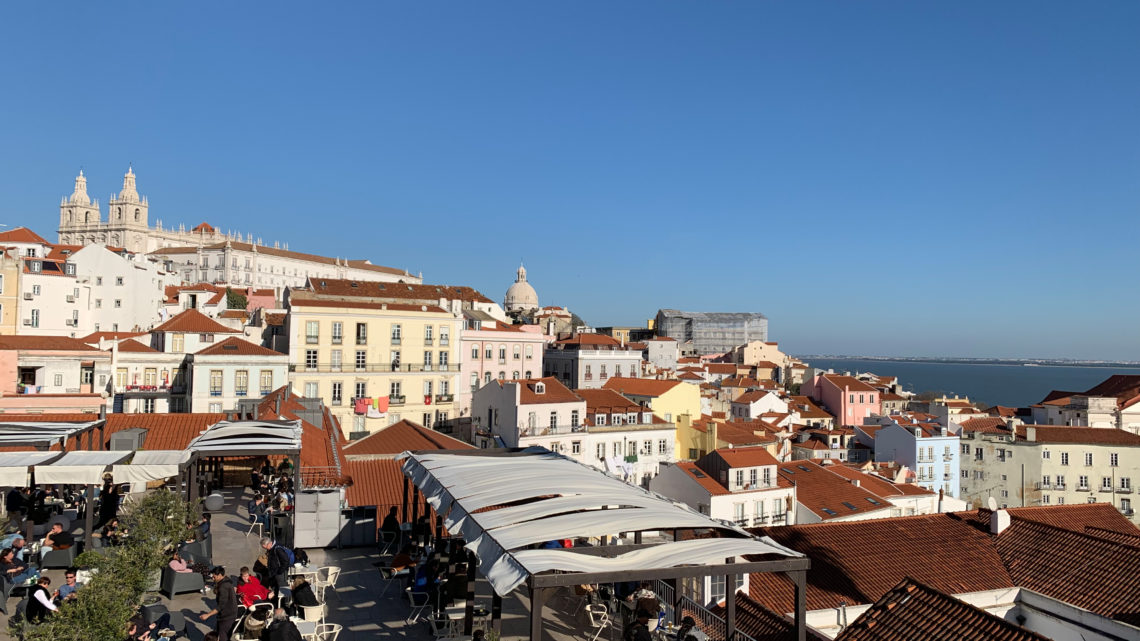
Throughout my travels on the Iberian Peninsula, I always focused heavily on Spain. I studied the language back in high school and have always been interested in learning more about Spanish culture. In addition, the country has several beautiful cities in diverse regions, each with their own distinct architectural characteristics.
Despite my interest in Spain, I often overlooked Portugal as just another country in the area. Although the language is similar, I never studied much about Portuguese culture in school. Nor did I focus heavily on Portuguese architecture during my time in college. However, after learning about cheap flights on TAP Portugal between Miami and Lisbon, I decided that Portugal’s capital was worth a second look. After viewing pictures of the stunning red-tiled city online, I was ready to visit!
I hopped on a plane at Bilbao airport and headed across the oldest border in all of Europe. I arrived at Lisbon Airport late at night. From there, I got on the metro towards Cais do Sodré near my hostel. When I arrived, everybody was already having conversations over sangria. I checked in, dropped off my suitcase, and headed downstairs to join the fun.
I had arrived just in time for the hostel’s pub-crawl. A group of us decided to join, and for a small price, we were given entry and drinks at several bars in the city. Lisbon has a thriving nightlife scene, and I met several travelers while out on the pub-crawl. Similar to the Spaniards, the Portuguese party late, so we were all out until at least 2:00 a.m.
Free Walking Tour
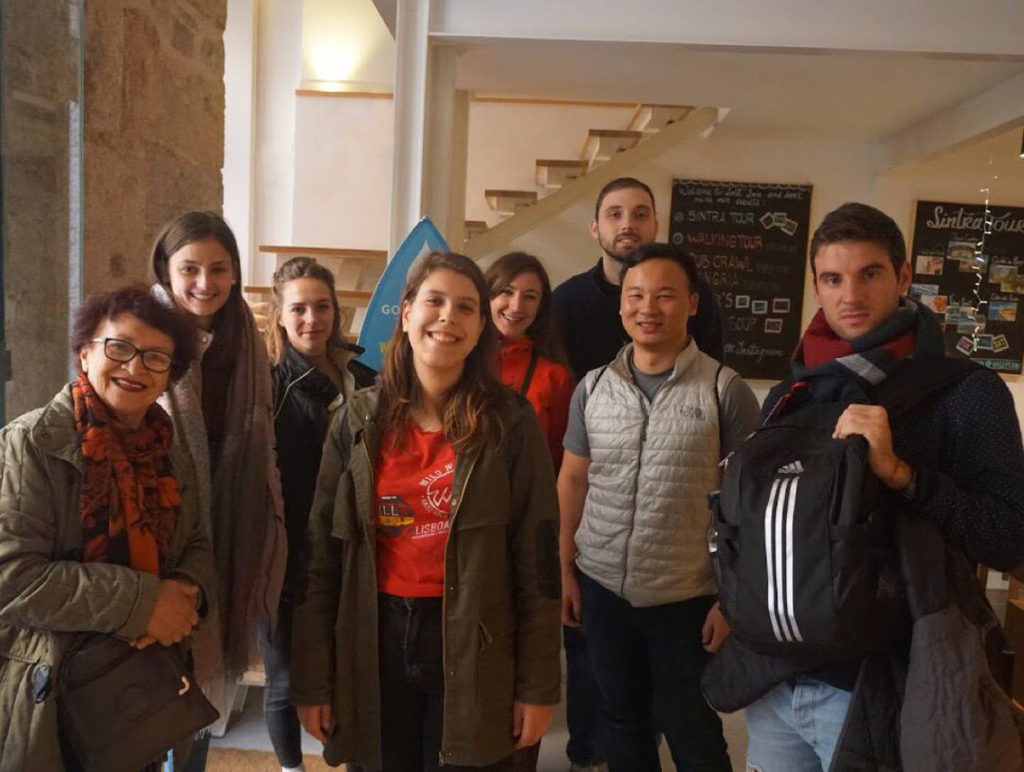
The following morning, it was time for my first day of exploring this historic city. Much like my other hostels on this trip, this one offered a free walking tour. I met up with several travelers in the lobby, where we were escorted to a nearby plaza to meet up with our tour guides.
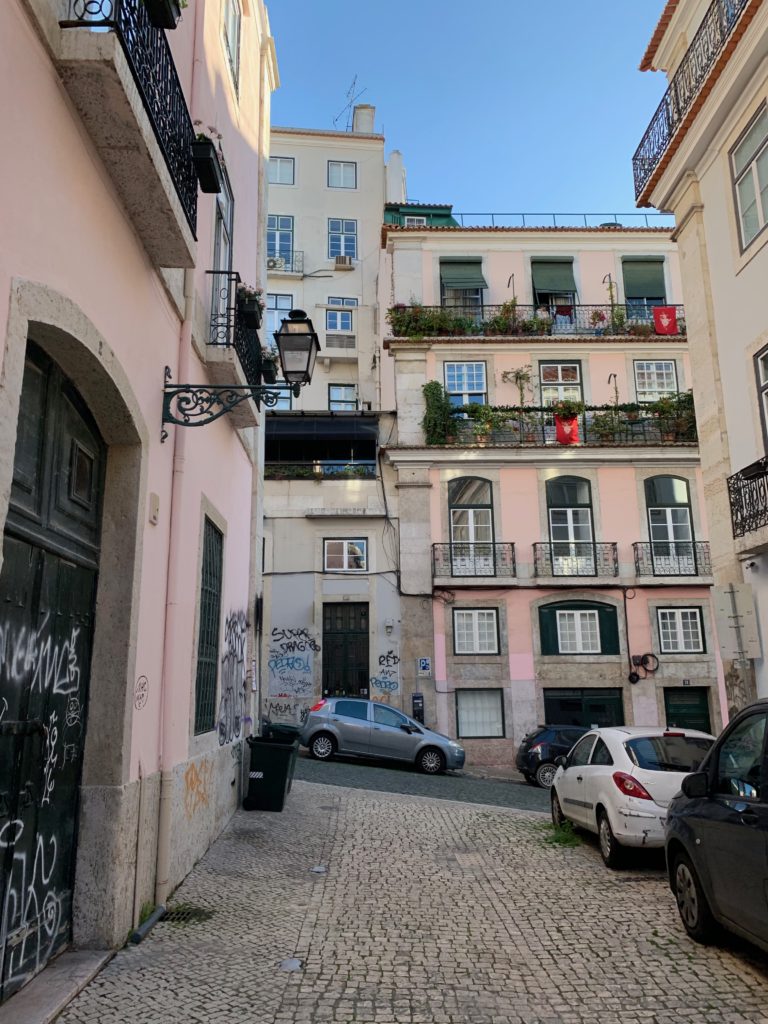
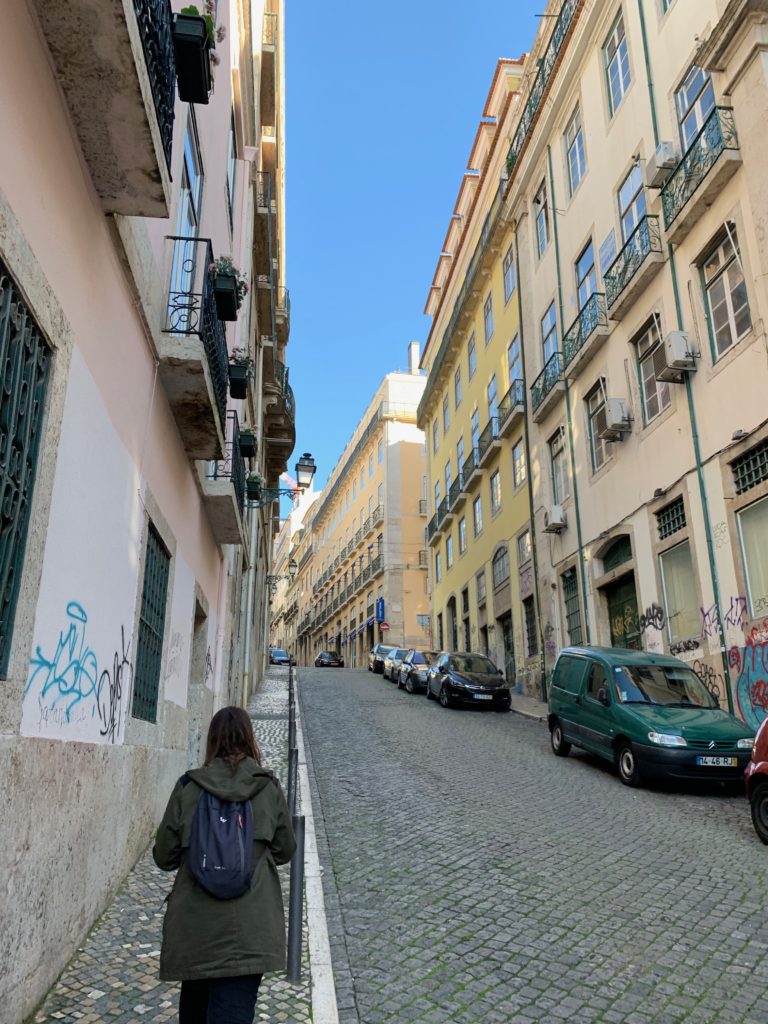
We began walking uphill towards Rossio Square. Along the way, I got my first taste at the gorgeous capital of Portugal. The fabric of the city was like nothing I have ever seen in any other European capital. The buildings here are of the Pombaline style: an 18th-century Portuguese architectural movement that became common after the infamous earthquake of 1755. The stone buildings are generally four to five stories high and feature simple, linear windows. They are painted in bright pastel colors to take advantage of Portugal’s deep blue sky.
Rossio Square
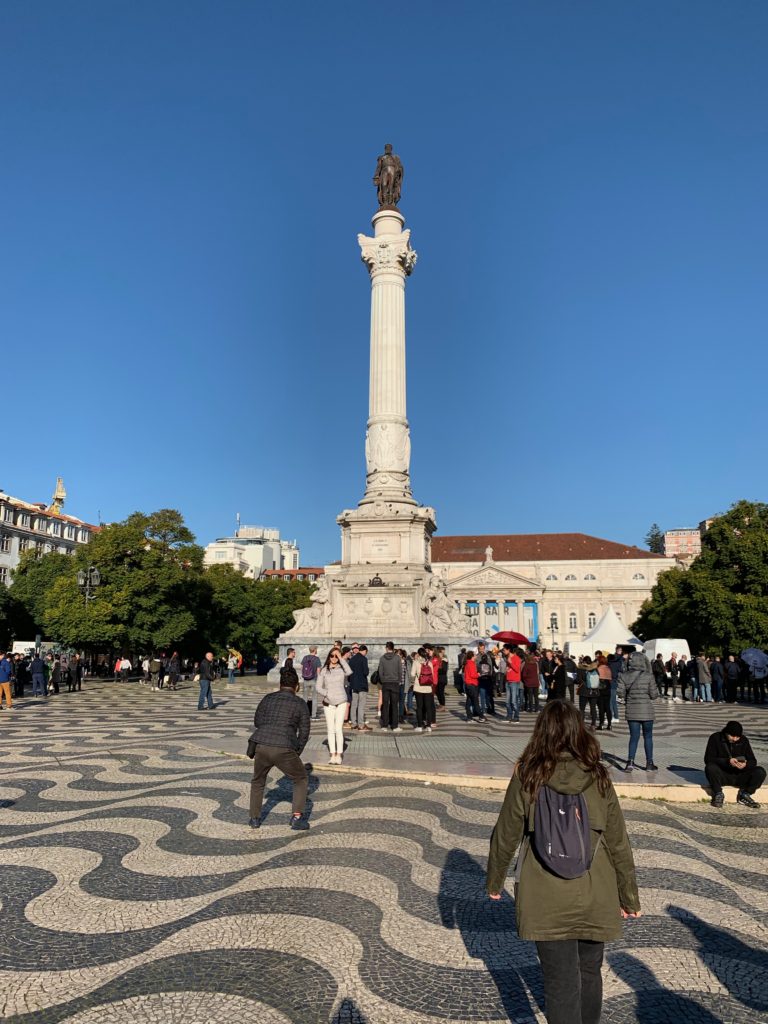
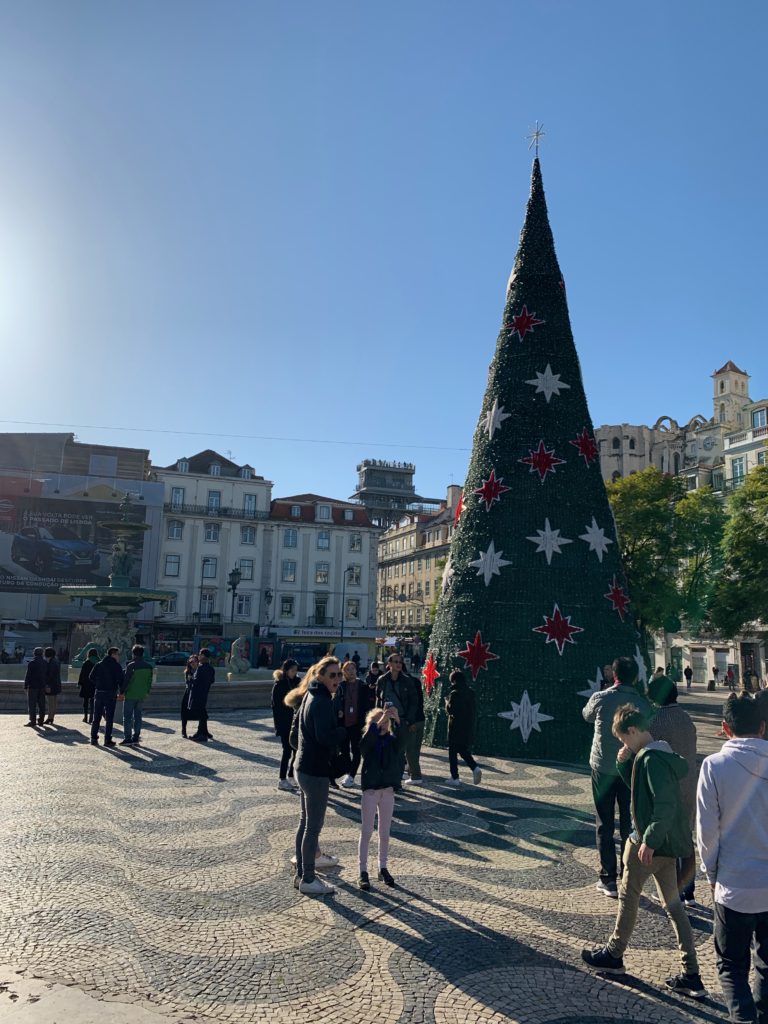
After a 10-minute walk, we arrived in Rossio Square: one of the major plazas in Lisbon’s Baixa (lower town). The centerpiece of this square is a large column dedicated to Pedro IV, a former Portuguese king. In contrast to the narrow and hilly streets around it, this area of the city is characterized by grid-patterned streets that terminate in large, airy plazas. My hostel mates and I met up with our tour guides here and began our walk towards Lisbon’s Alfama district.
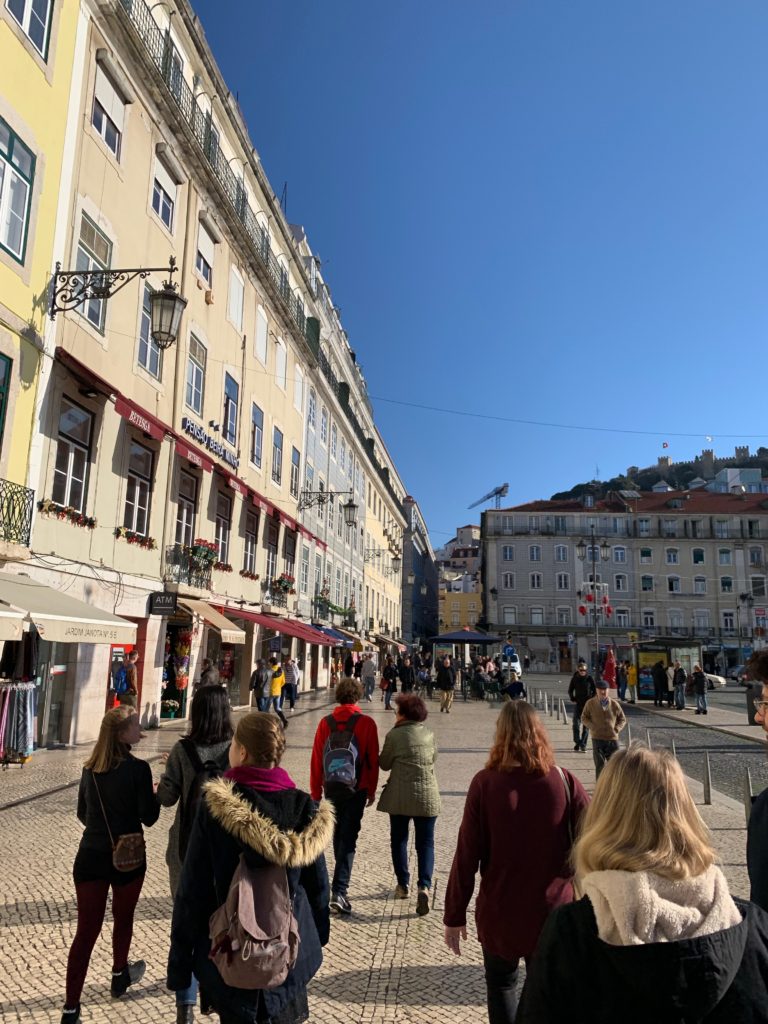
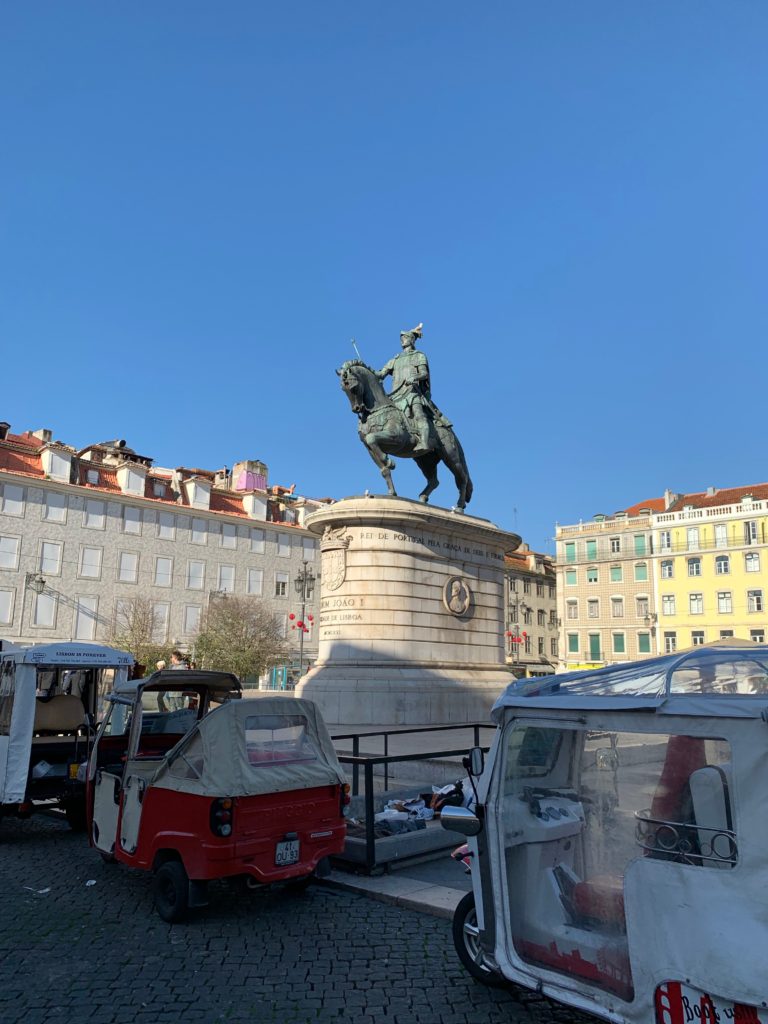
Just next door, we entered the Praça da Figueira: another large plaza in the Baixa area. This block was formerly occupied by a hospital that was badly damaged during the earthquake. When the city rebuilt, this area was turned into the large market square that is seen today. The plaza is surrounded by beautiful Pombaline-style buildings. From here, I could see all the way up to Castelo de São Jorge on the hill. The square also holds a bronze statue of King John I: another former Portuguese king.
Alfama District
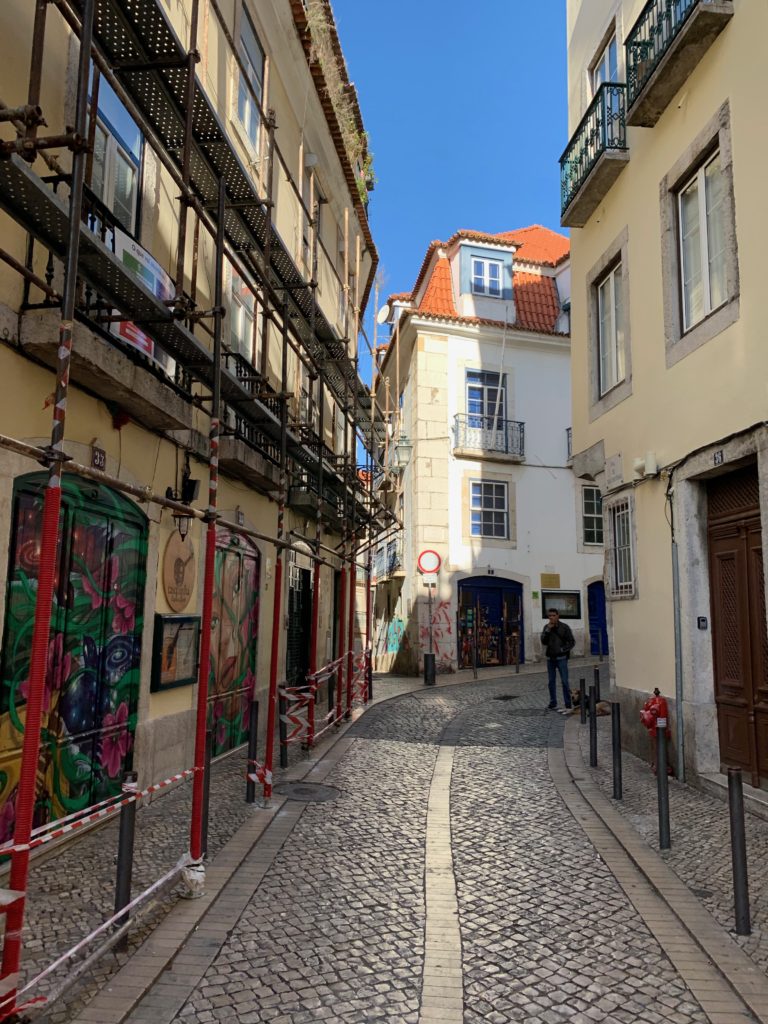
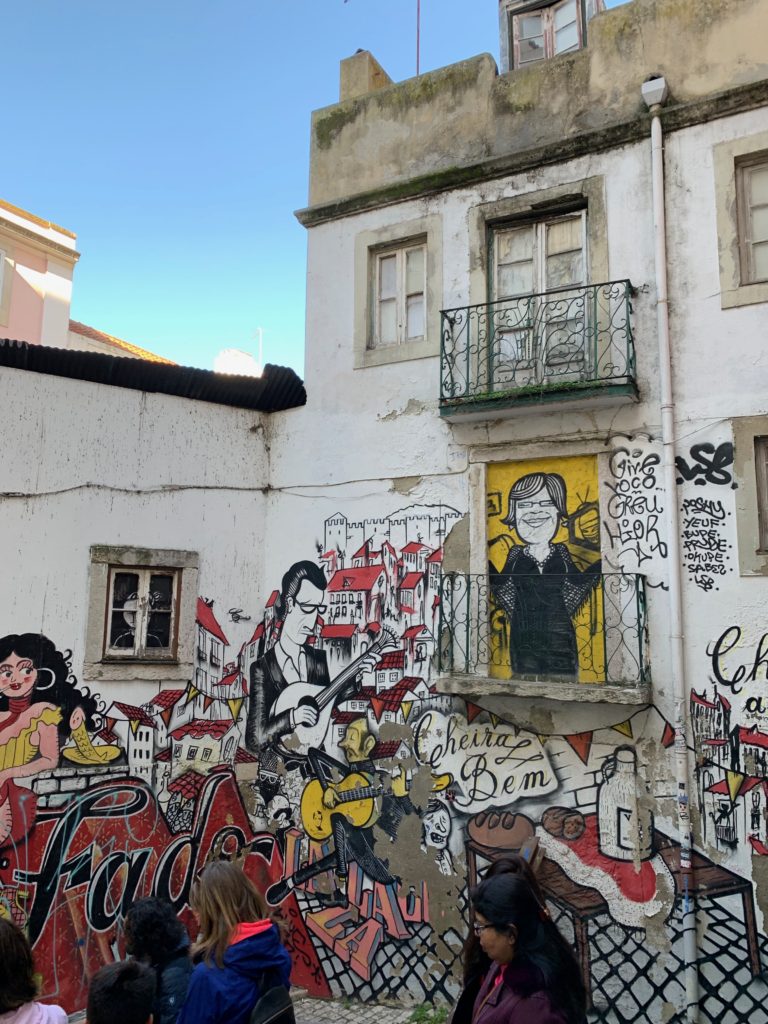
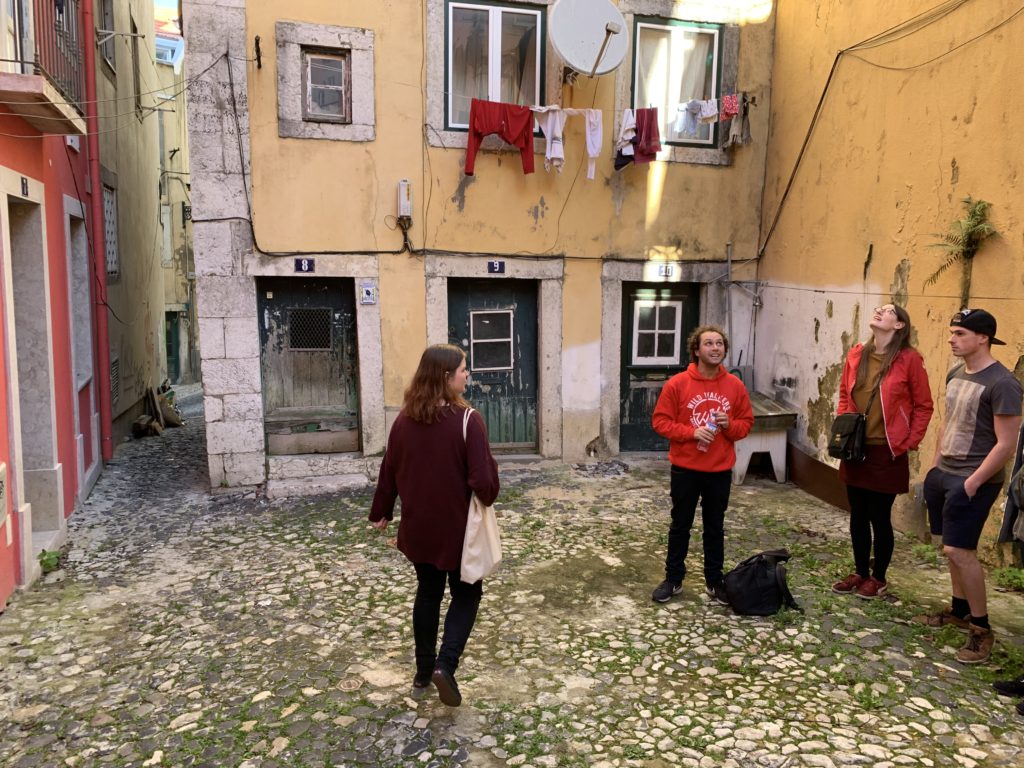
As we entered the Alfama district, the flat, grid-lined streets of the Baixa area quickly turned into sloped, convoluted alleys. This neighborhood is the oldest in the city and is one of the few areas that was not damaged by the earthquake. As a result, the buildings here are rustic and charming. They are painted in the same bright colors as the rest of the city, yet have a rougher appearance due to their age. The houses in this neighborhood
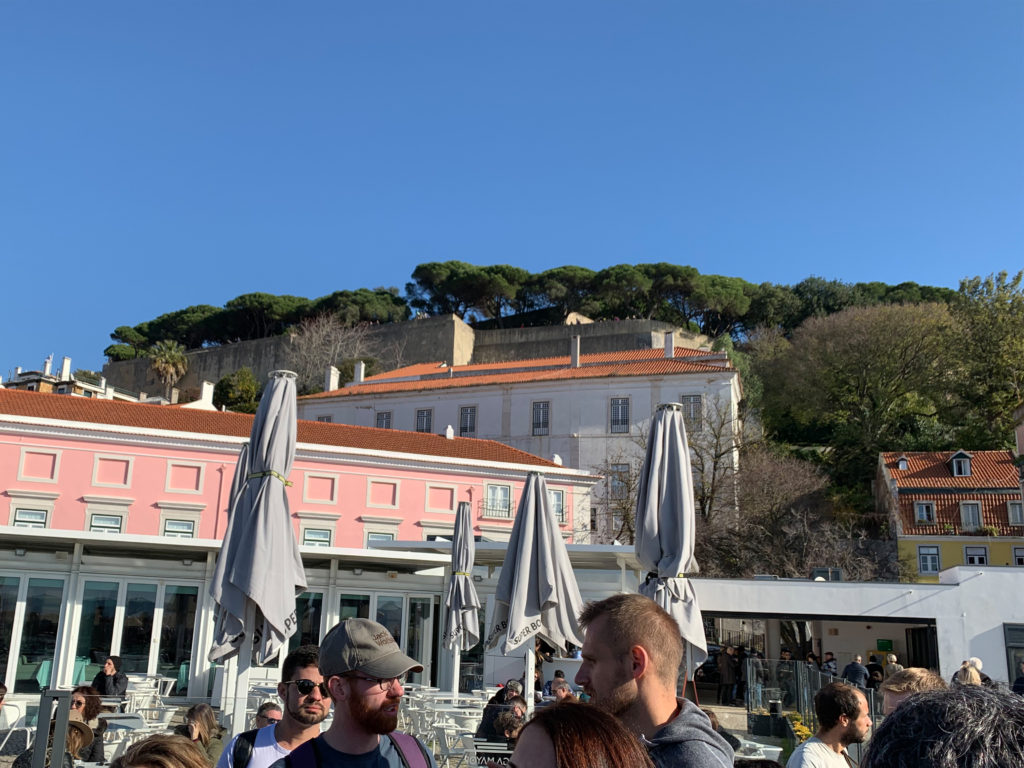
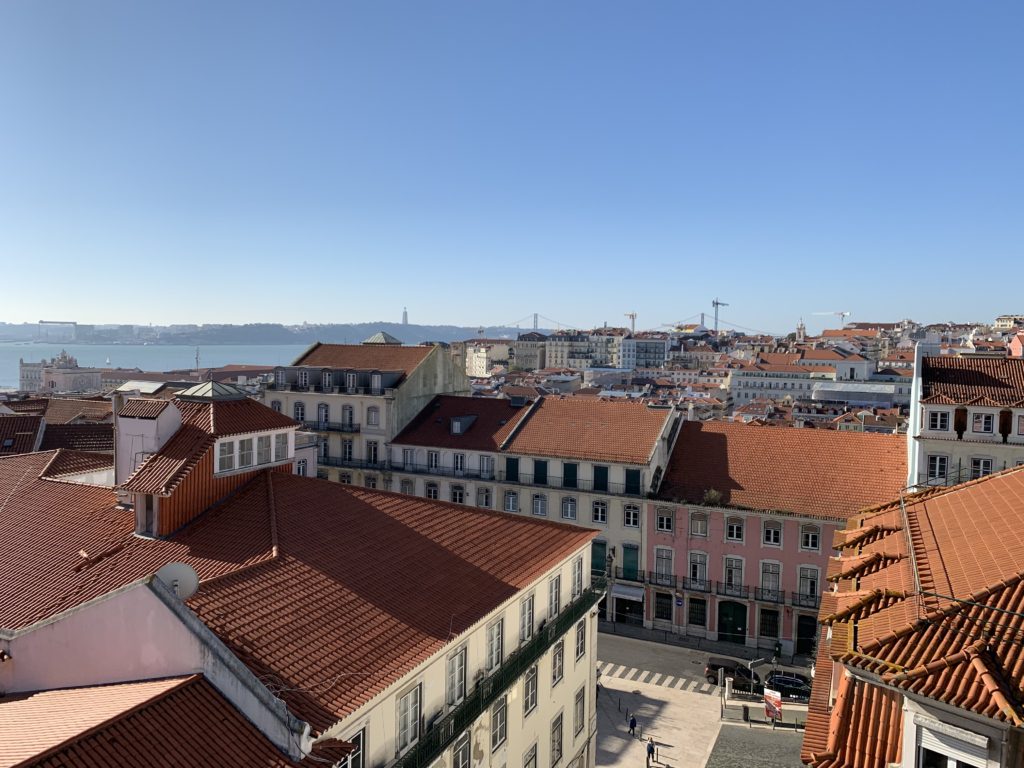
As we continued our exploration of this historic neighborhood, our guide led us to one of his favorite panoramic viewpoints in the area. We entered a parking garage and climbed the stairs to the roof. Once there, we were right in front of the castle and got our first peek at Lisbon’s beautiful rooftops. Much like other European cities, the buildings here are all covered in red roof tiles. It was a truly breathtaking sight, especially on this sunny day.
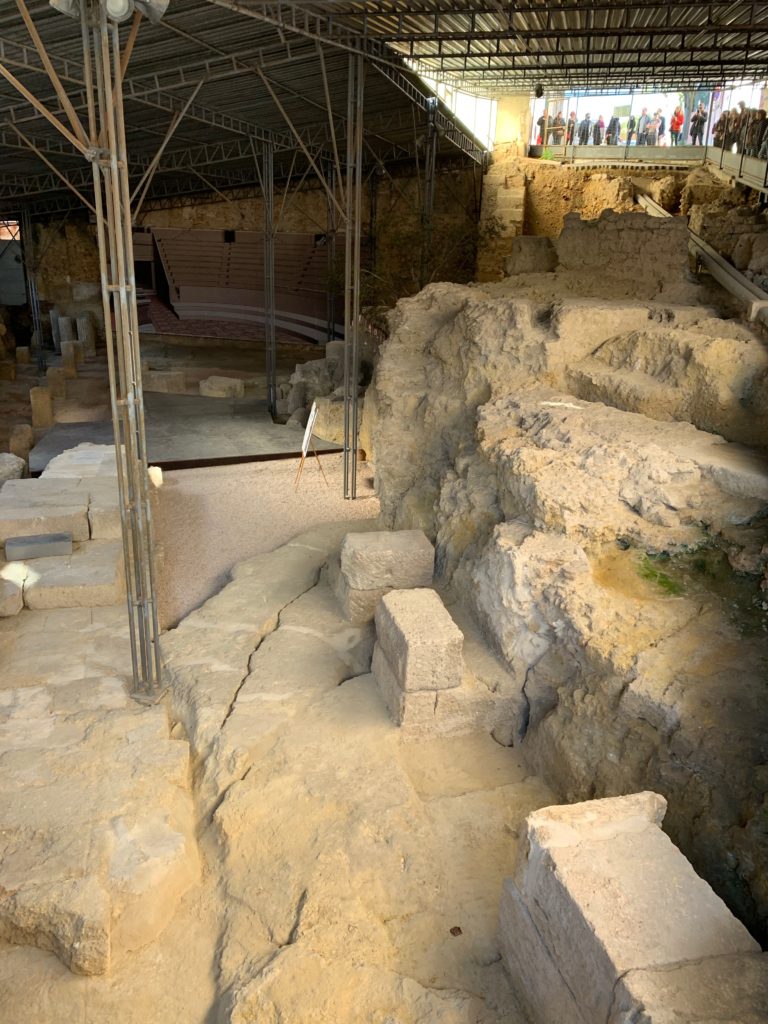
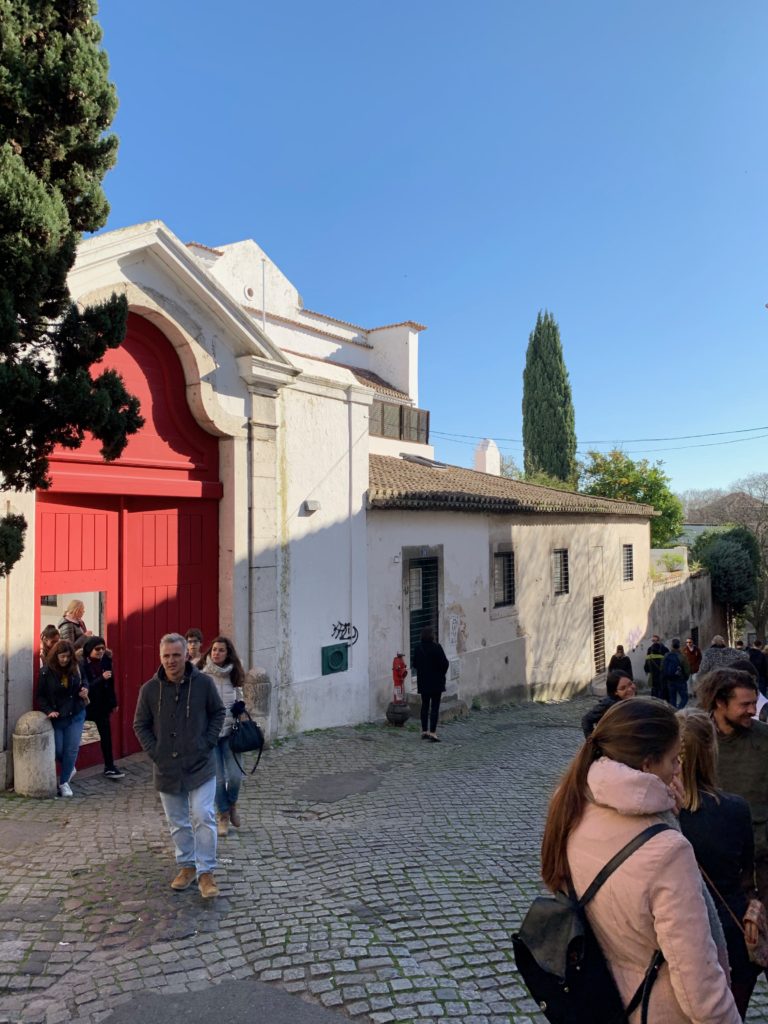
The Romans have left their influence on most of Europe, and this includes Lisbon. Our guide took us past the ruins of an old theater from the ancient city of Olisipo. Although the surrounding buildings were built much later, the ruins have been well preserved and can be viewed from today’s streets.
After the Tour
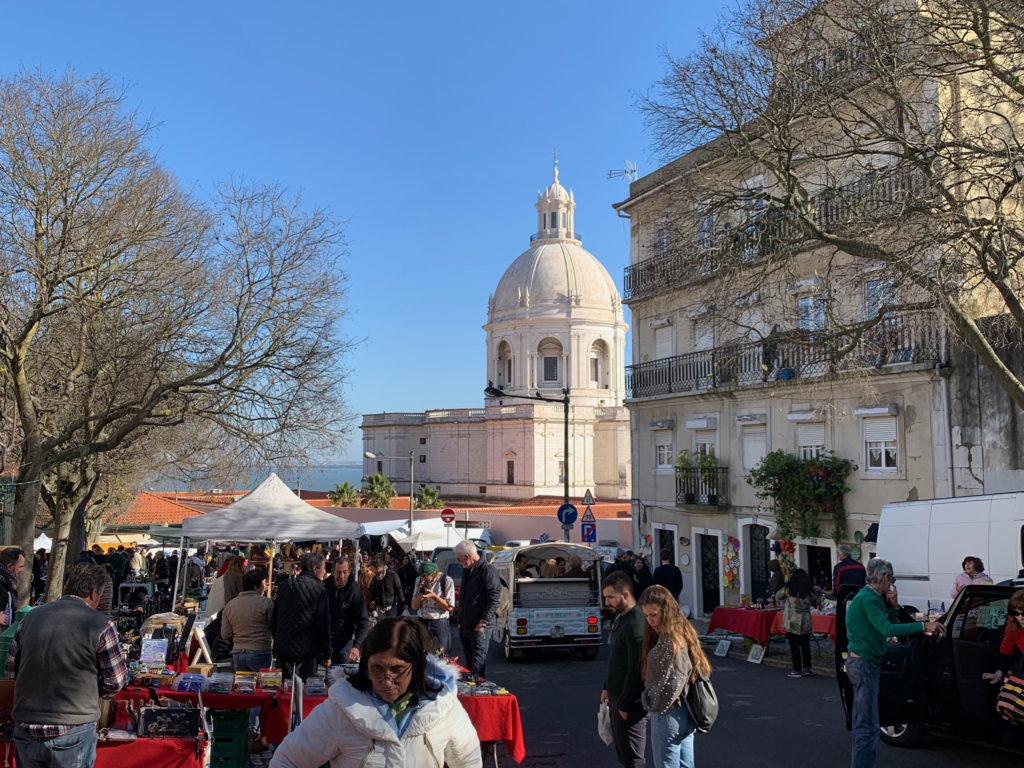
The tour finished in the eastern part of the Alfama, near a flea market. We thanked our guide for his amazing knowledge about Lisbon, and of course, left him a tip. I discovered that my friend Danny, who I met in Barcelona, was actually on the same walking tour. He was staying at a nearby hostel, and through him, I met Jenny, Andrew, and several others. Despite being from different hostels, we all quickly became friends. The group was interested in touring around the flea market, which had various goods for sale, from clothing to souvenirs.
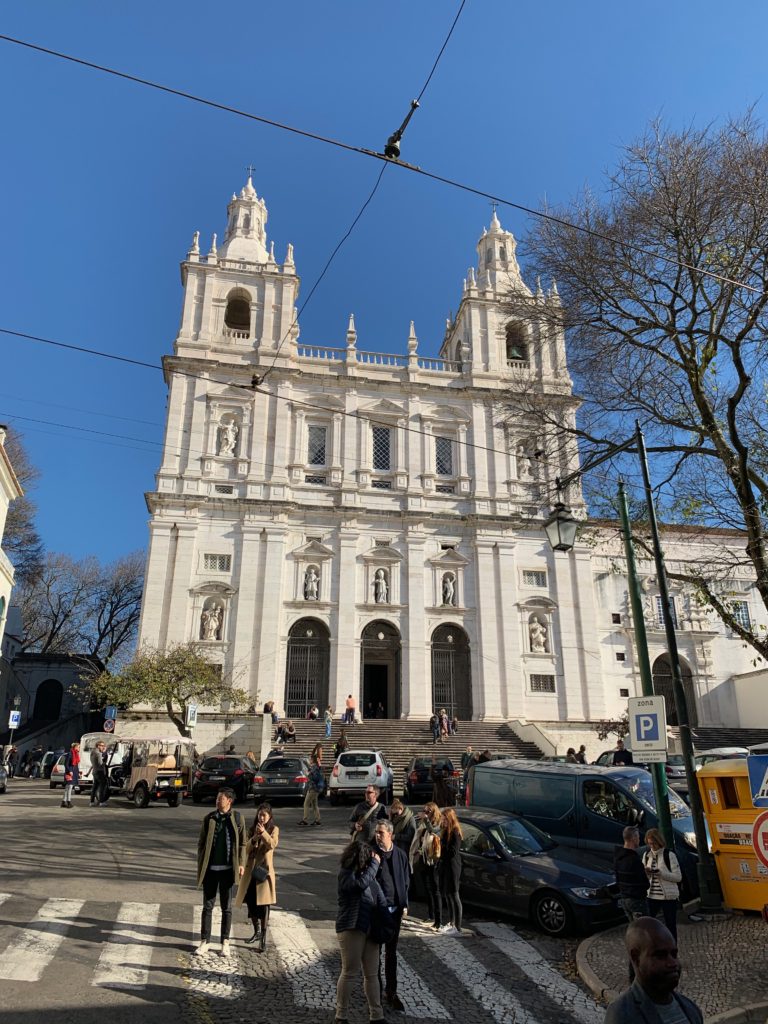
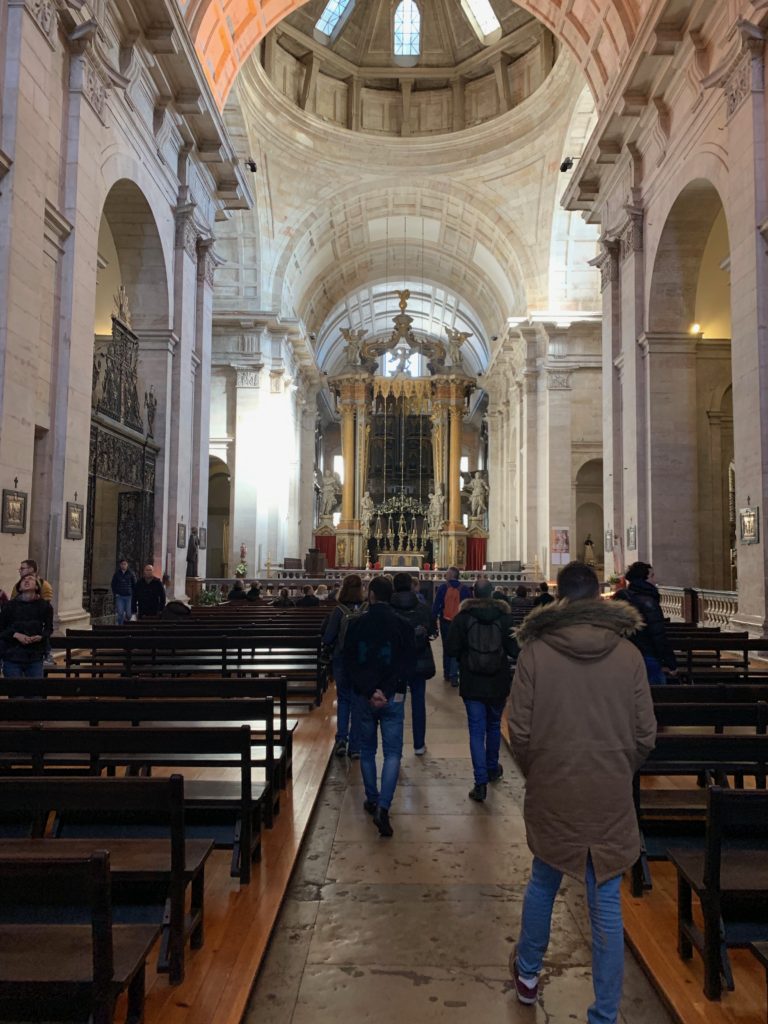
The market was right near the Monastery of São Vicente de Fora. Although I am normally the first one to suggest going inside churches, the whole group was also interested in visiting this beautiful piece of architecture. The building is an example of Mannerist architecture: a late Renaissance style. The front façade is austere, built with white stone and minimal ornamentation. We entered the central nave, which is located beneath a barrel-vaulted ceiling. Although the church is not as extravagant as some others in Europe, it is still one of Lisbon’s architectural highlights.
A Disappointing Lunch
By now, it was mid-afternoon and we were all getting hungry. We passed by a restaurant that was advertising a set menu that included an appetizer, entrée, and dessert. Our guide had warned us about Portuguese restaurants that were quick to oversell items to their customers. Despite this warning, we sat down for the meal.
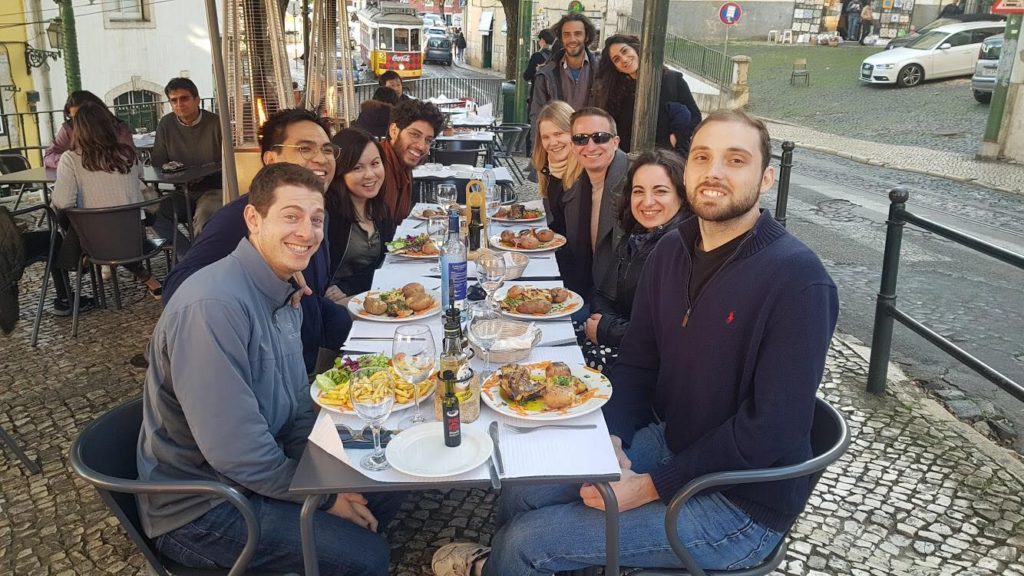
One of my friends found the restaurant on Yelp and learned that it got terrible reviews due to it being a “tourist trap.” We were all getting nervous that we would be overcharged, as the amount of food we were getting seemed a bit too good to be true for the price. Thankfully, the bill came out just as advertised, but it was certainly overpriced. The quality of the codfish was subpar, and this restaurant has the worst Crème Brulee I have ever tasted. Nonetheless, we had a great group bonding experience and this will be a story that I will keep telling for years to come.
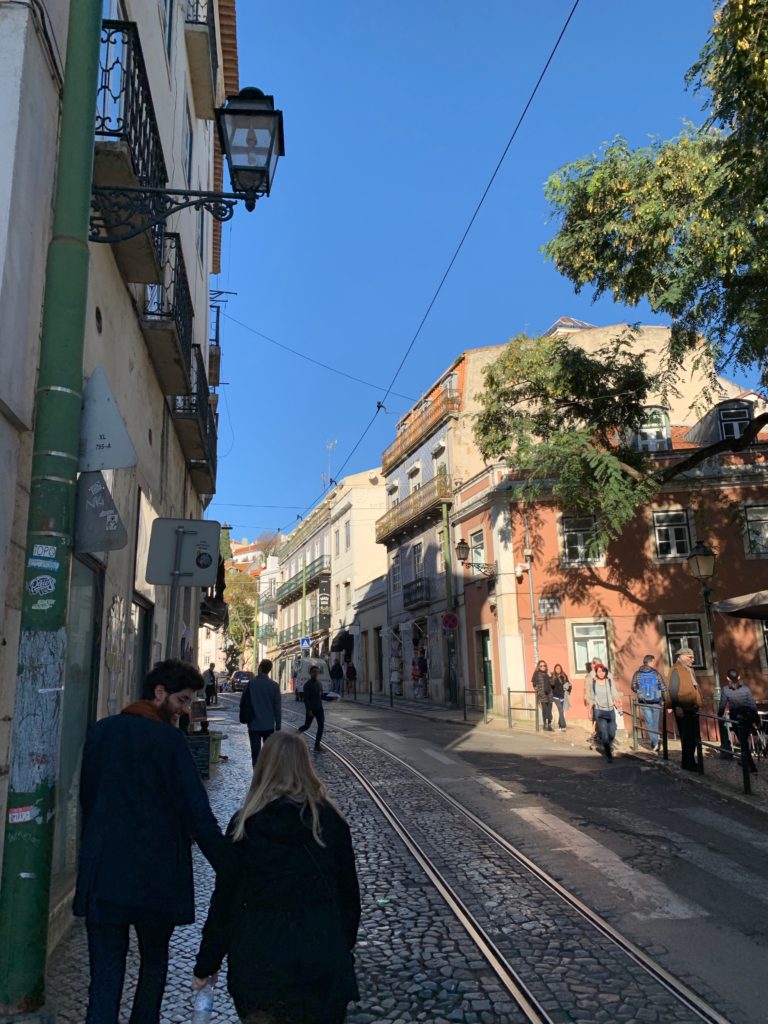
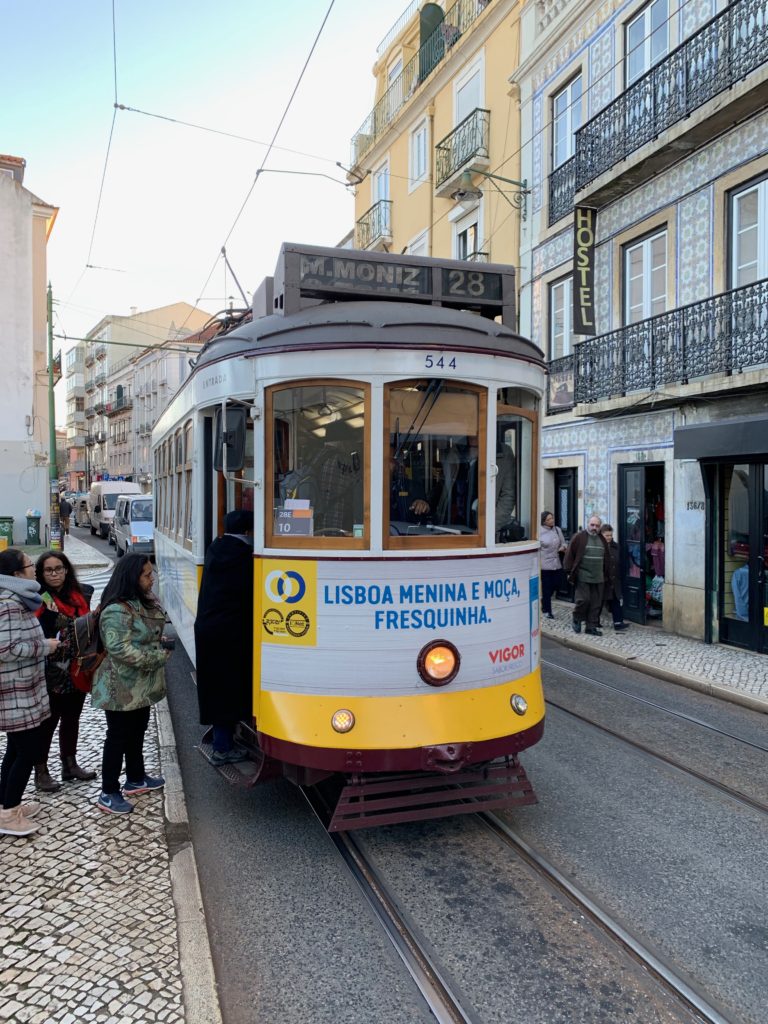
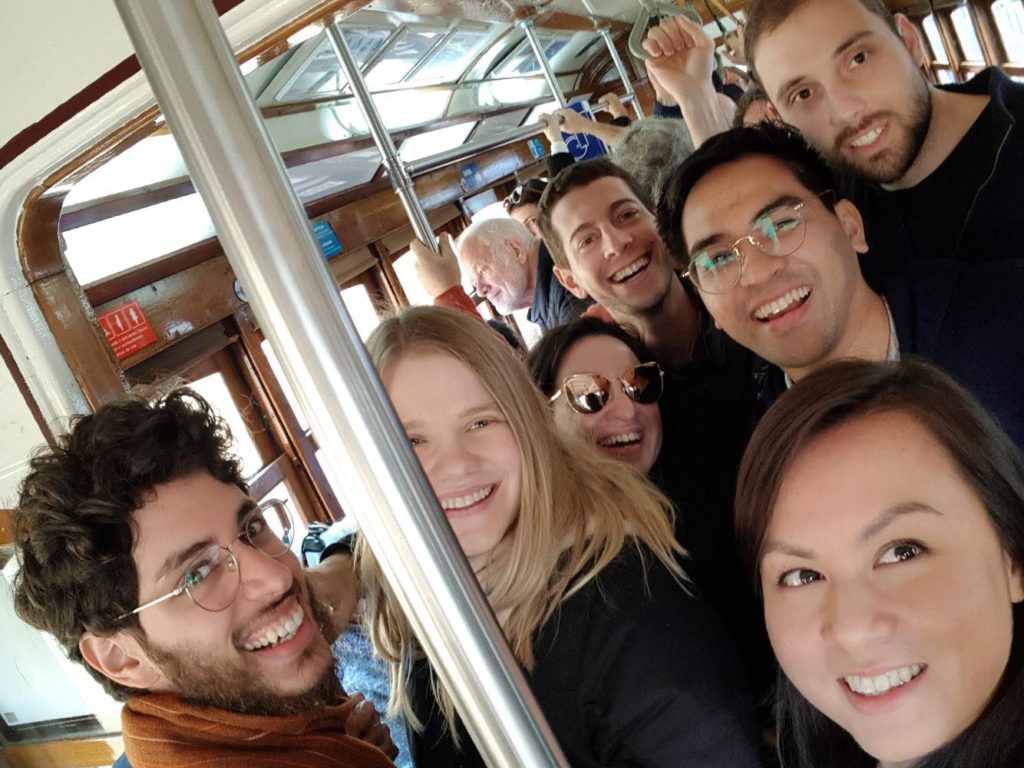
After our meal, we decided to head to another viewpoint to catch the sunset. Lisbon is famous for its trams, especially route 28 that circles through the main tourist areas. Several trams use the tracks, but our guide told us to only board the yellow ones. Once we got on the crowded tram, we were in for a wild ride around the city’s windy roads. It felt like a rollercoaster ride as we all held on to the grab bars.
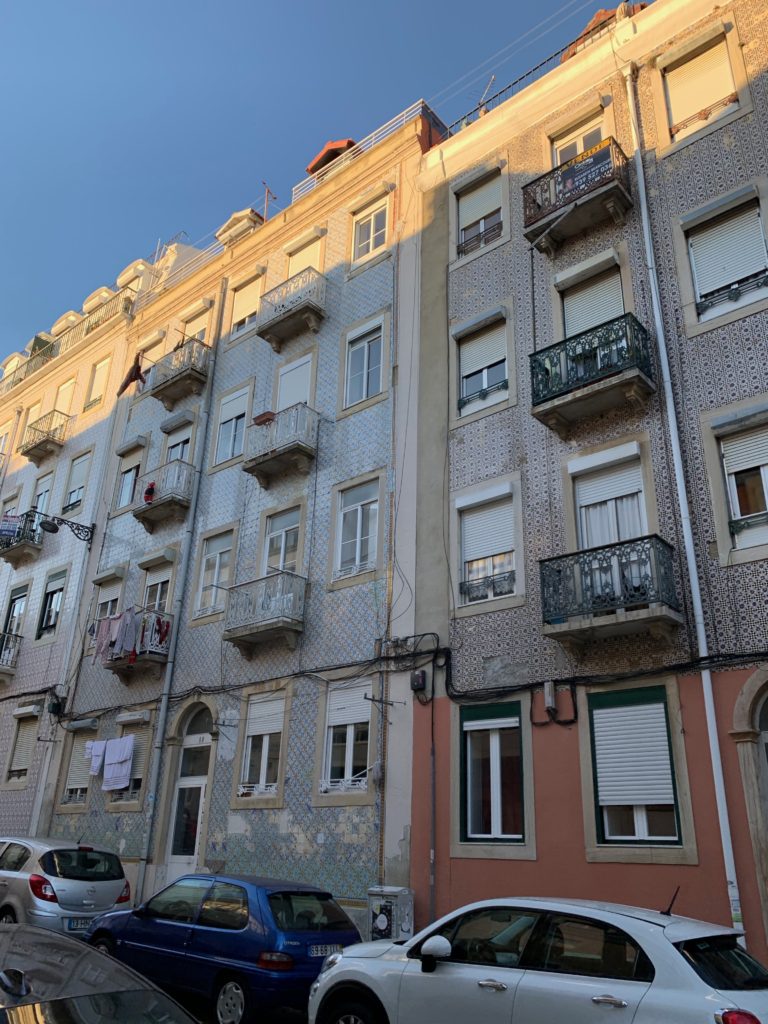
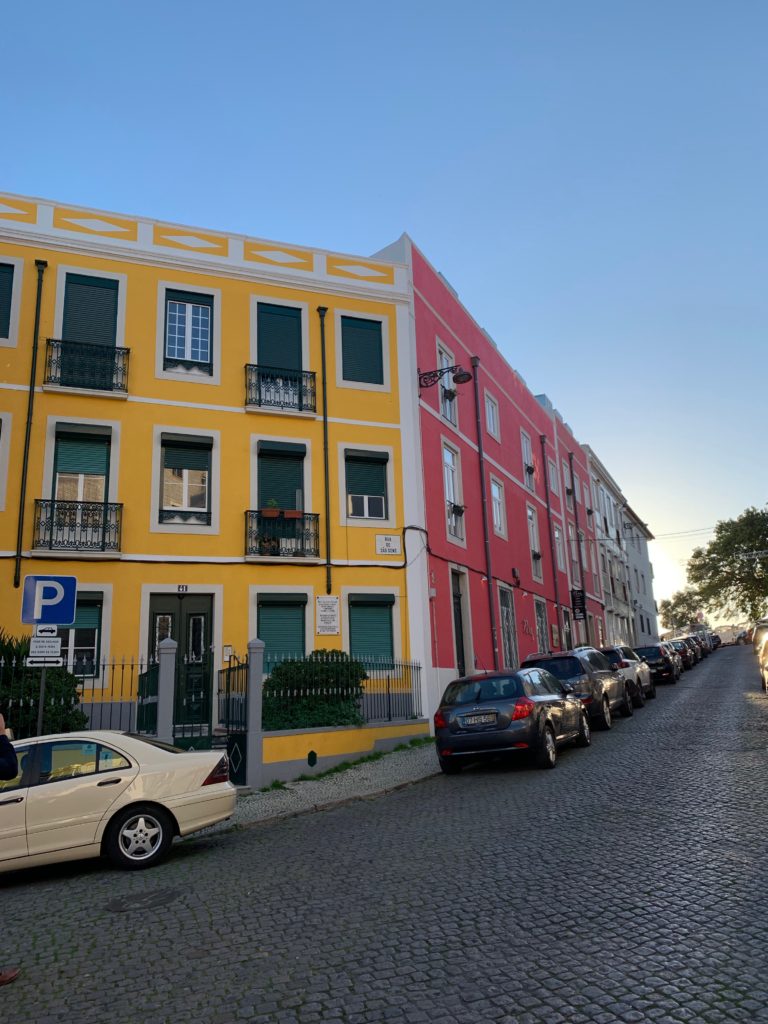
We arrived at another picturesque street with some more pastel-colored buildings. Although many of the city’s houses are painted, some of them feature decorative
Miradouro da Senhora do Monte
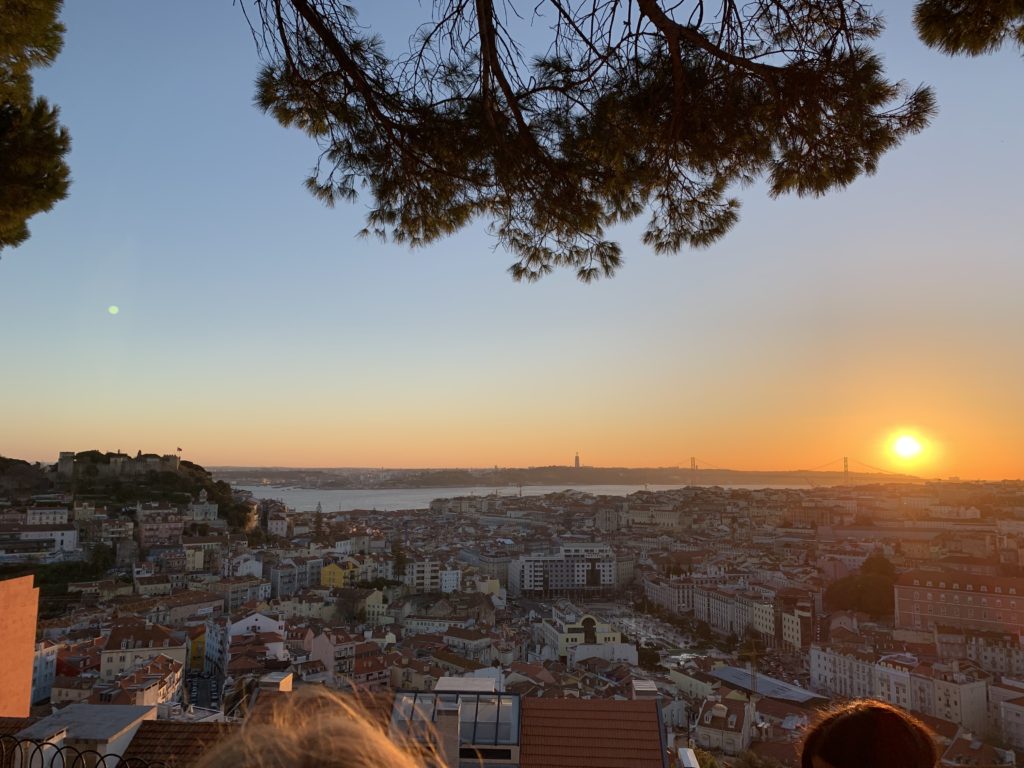
From here, it was a short walk to the scenic viewpoint: Miradouro da Senhora do Monte. We gathered here and enjoyed the final moment of the day watching a breathtaking sunset. I could see all across Lisbon, from Castelo de São Jorge all the way to 25 de Abril Bridge! Along with Santorini, this takes the crown jewel as the best sunset I have ever seen.
As evening approached, it was time for us to part ways and head back to our hostels. However, we exchanged contact info and knew we would meet up again. It is amazing to think that even though we stayed at different hostels, I became just as good friends with this group as I did with the people at my own hostel. No matter where I have traveled, I have been able to get to know like-minded people through group activities and mutual friends.
As I arrived back at my hostel, I reflected on all the amazing experiences I had during my first day of touring Lisbon. It is a city that I wish I had visited sooner. It has an authentic old feeling to it that many other polished European cities lack, and the pastel-colored architecture is absolutely spectacular. Finally, the city’s hilly setting by the water provides some of the best views in Europe! I finished the night with some tasty free sangria before heading back out to enjoy the city’s nightlife.

Like!! I blog frequently and I really thank you for your content. The article has truly peaked my interest.
I like the valuable information you provide in your articles.
A big thank you for your article.
I always spent my half an hour to read this web site’s articles or reviews daily along with a mug of coffee.